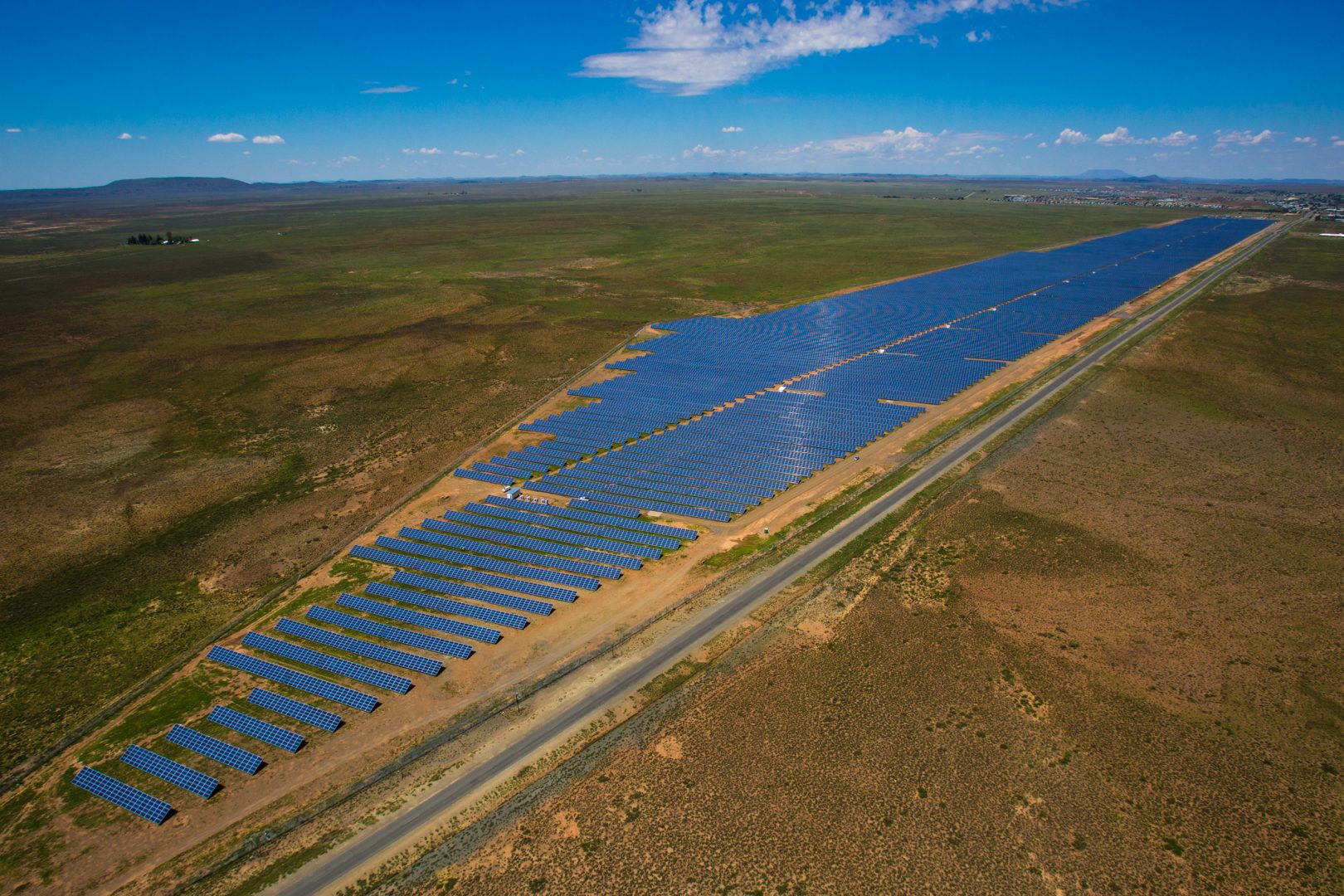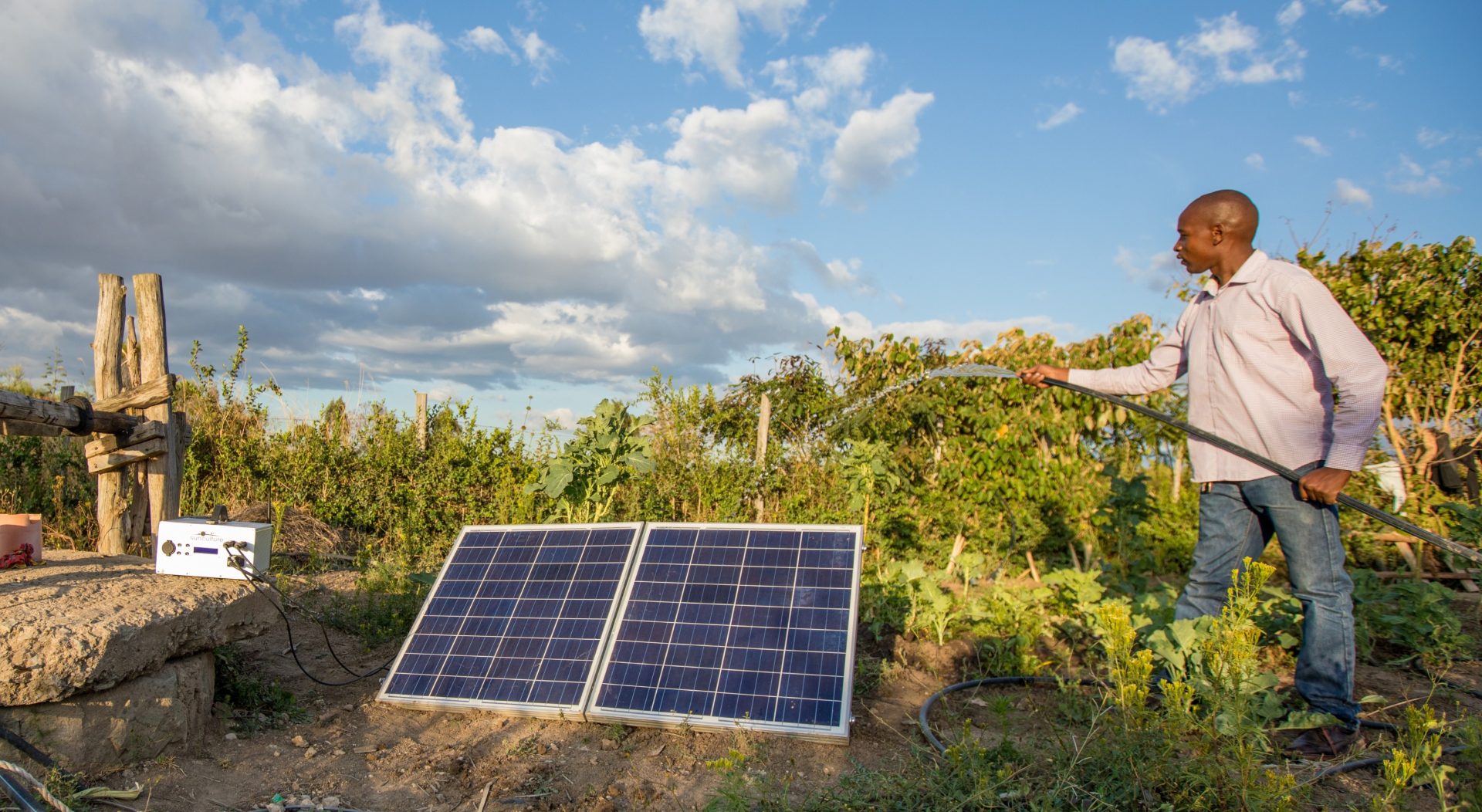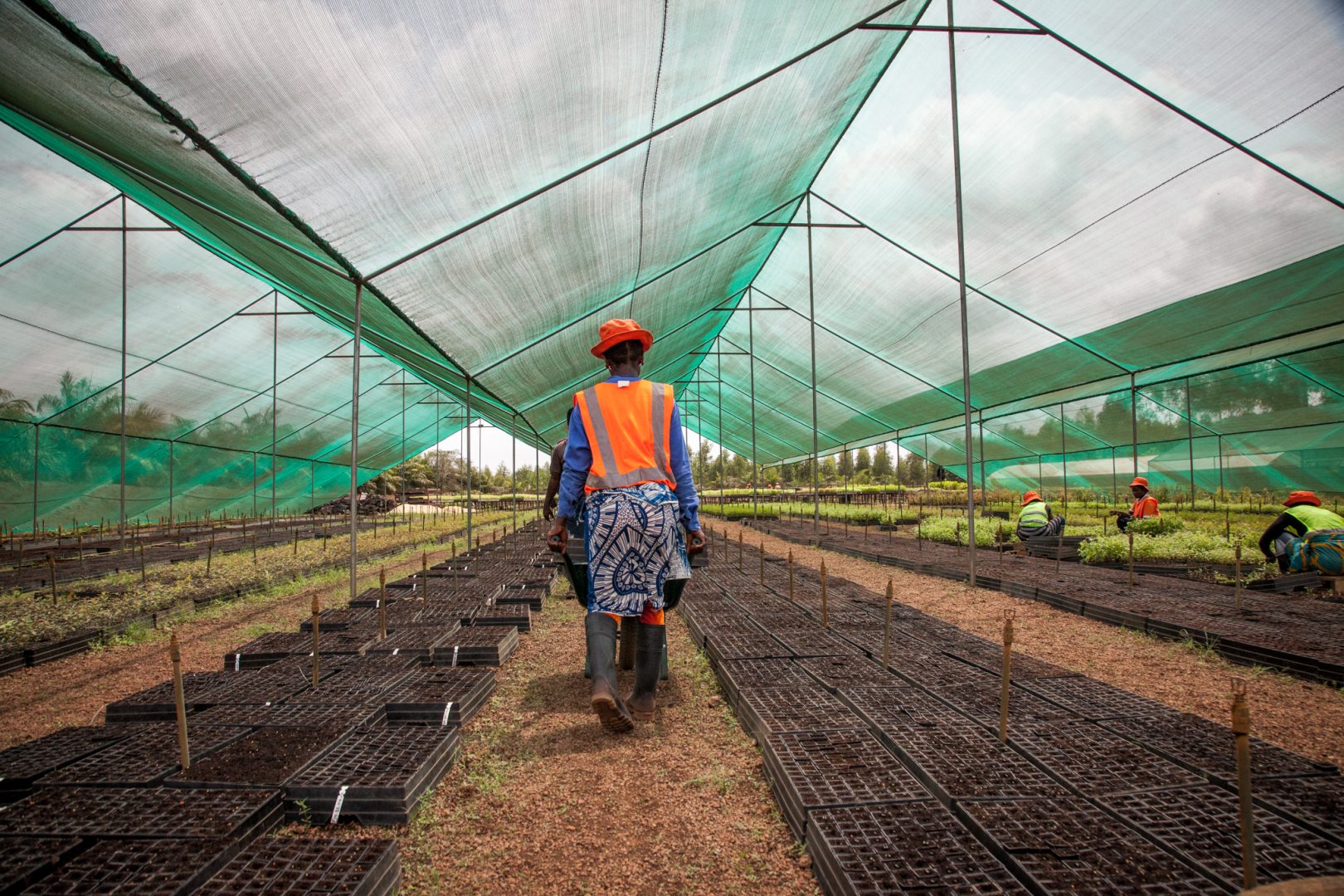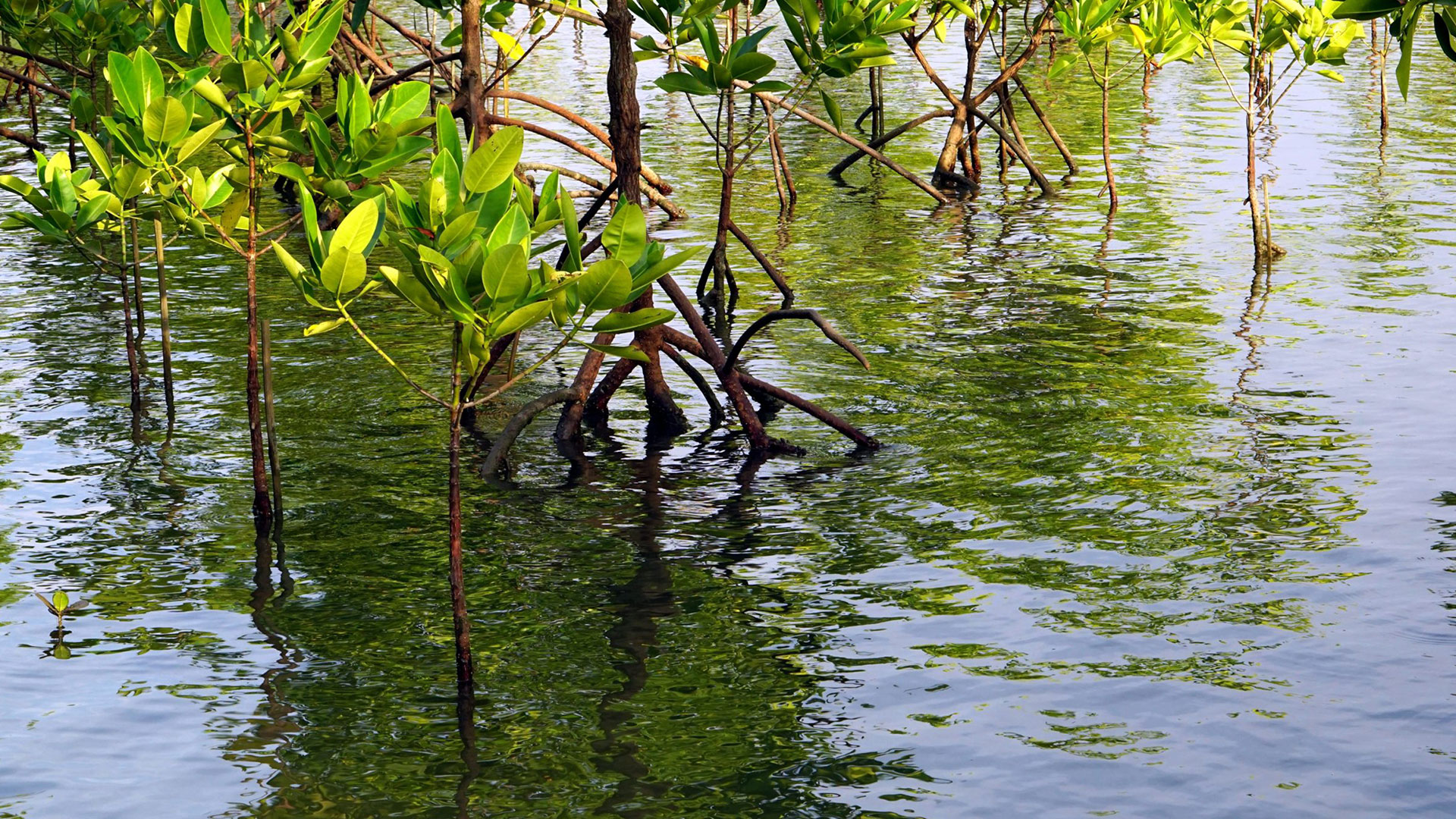What are the opportunities to address climate change in emerging economies?
There is no doubt that taking a long-term view of the climate emergency and solutions is important, says Benjamin Njenga, Co-Founder and Chief Customer Officer of Apollo Agriculture, but there needs to be a balance.
We can use rapidly changing technology and analysis to develop solutions that will help combat the future impacts of climate change.
However, he says, this needs to be balanced with finding and financing ways to help those who are dealing with the effects of climate change already. For many people it is not a future risk but one they are facing today.
Njenga speaks from experience. Apollo Agriculture provides small-scale farmers in Kenya with the inputs, finance, insurance and training they need to improve their harvests and their income.
Speaking at the launch of British International Investment’s (BII) Emerging Economies Climate Report 2023, Njenga says issues such as drought and unpredictable temperatures as a result of climate change make it harder for the small-scale farm businesses he works with to become sustainable.
Many do not want to invest in their businesses because the outcomes of a harvest season are too uncertain to commit further capital.
These farmers are not alone. The number of respondents to the report who said climate change is impacting their organisation today rose from 68 per cent last year to 78 per cent today, with 59 per cent saying they had experienced an extreme weather event.
Last year global temperatures rose to a record breaking 1.4°C above pre-industrial levels.
Businesses are already having to adapt to overcome these challenges. For example, most survey respondents (65%) have adapted their business strategy in response to climate change,. But solutions can come at a cost.
Speaking on the panel at the ODI’s offices in London, Michael Jacobs, Visiting Senior Fellow, ODI said companies manage these costs differently. For those with a clear bottom line, adaptation expenditure such as building a sea wall can be seen as an outlier and easy to track.
However, for ongoing costs such as for farmers who may now need to buy pesticides to combat new insects, adaptation expenditure just becomes part of the business and “harder to get your head around” as a result.
78%
of businesses in emerging economies are impacted by climate change today
Joining the panel from India, Shivanand Nimbargi, Chief Executive Officer of Ayana Renewable Power, one of India’s largest and fastest-growing renewable energy companies, said his business is already using technology to overcome both immediate and longer-term climate risks.
“We do all possible desktop analysis with various software tools to be able to understand what are those ‘once-in-a-lifetime’ issues that might occur, and are there any solutions to handle them.”
“For example, if the wind speed is going to reach a certain level once in 100 years, we assess that and design the structures to withstand those speeds even though the occurrence probability is very low.”
Nimbargi said the team maps risks and sees how they can mitigate them through design or supply chain adaptations, such as sourcing non-corrosive materials to build plants next to the sea that can withstand the coastal elements.
At the same time Ayana monitors and tracks weather patterns to model what the next 30 or 40 years are going to look like.
For Njenga at Apollo, the company’s products and support to small-holder farmers help build the ‘resilience’ against climate change. These packages provide farmers with the high quality seeds and fertiliser they need for their businesses to succeed, as well as tailored insurance to protect their livelihoods in the event of a poor harvest that results in losses.
The insurance is offered in an affordable way, shielding farmers from higher premiums they would otherwise need to pay for protection.
However, while financial products can help make businesses more sustainable and resilient, he argued that you also need behavioural change. This means financing farmers to use new more expensive crop varieties that are resilient and adaptive to variable local climates, as well as providing training and support to successfully implement the changes.
“If you don’t invest in behavioural change and financing to make it better for customers to afford the technologies then you can’t afford the changes at the end,” said Njenga. “It is a process where you are investing in the future.”
While both Ayana and Apollo show you can have rapid growth of solution companies in emerging economies, the Climate Report reveals gaps.
While 97 per cent of survey respondents agreed that climate action leads to more long-term business success, only 47 per cent have adapted their financial planning in response to climate change. Furthermore, this figure is down from last year despite increasing climate risk awareness increasing.
97%
of survey respondents agreed that climate action leads to more long-term business success
Getting that climate financing to where it is needed, and ensuring it works for those on the ground as well as part of a wider global effort is part of the challenge, says Nick Robins, Professor of Sustainable Finance, Grantham Research Institute on Climate Change and the Environment.
“At the moment the transition mechanisms between those pools of capital in the global North and the investment opportunities in the global South are not working,” said Robins. “So it is an immediate issue. And while there are impressive examples it can be done, we have some real structural issues perhaps both within companies but also in the broader financial system.”
Currently, he said, just 3 per cent of the world’s $500 trillion of global assets are in emerging economies and more needs to be done to mobilise capital.
More work needs to be done to ensure that systems are set up for the communities receiving climate investment and initiatives, so they can be successfully integrated.
“We have big architecture around this internationally, one of the challenges though is entrepreneurs and investors in emerging economies see this as a little bit like ESG rain that’s coming from the global North. It’s raining down new conditionalities and requirements which cannot always be adapted to the circumstances of those countries and companies.”
Jacobs agreed that more needs to be done as there is a flow of capital out of emerging economies rather than into. However, he said, there are reasons to be optimistic with multiple examples of emerging economies taking significant leadership roles in the global climate discussion with Indonesia’s G20 leadership last year and Brazil next year.
Beyond this, Jacobs highlighted Kenya President Ruto’s call for financial system change, while efforts of the EU and the OECD are developing tools that look at performance and outcomes for people on the ground.
The event concluded with panellists sharing what gives them optimism. For Njenga, the optimism comes from the work that is already being done and the conversations that are taking place. While there is still a long way to go, he says it is exciting to see solutions already in place and having an impact on the ground.
Catch up on the full event recording
Read our 2023 Emerging Economies Climate Report







